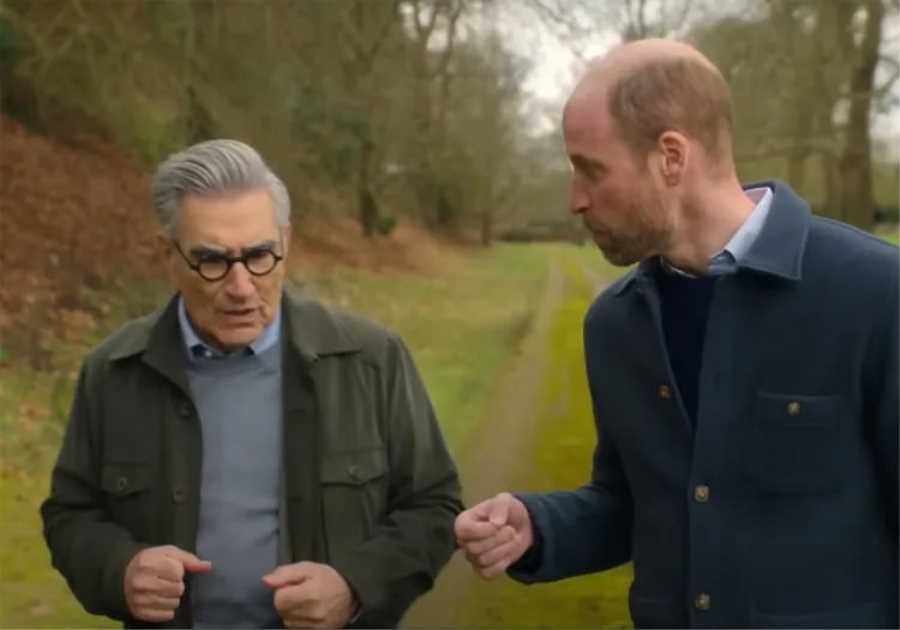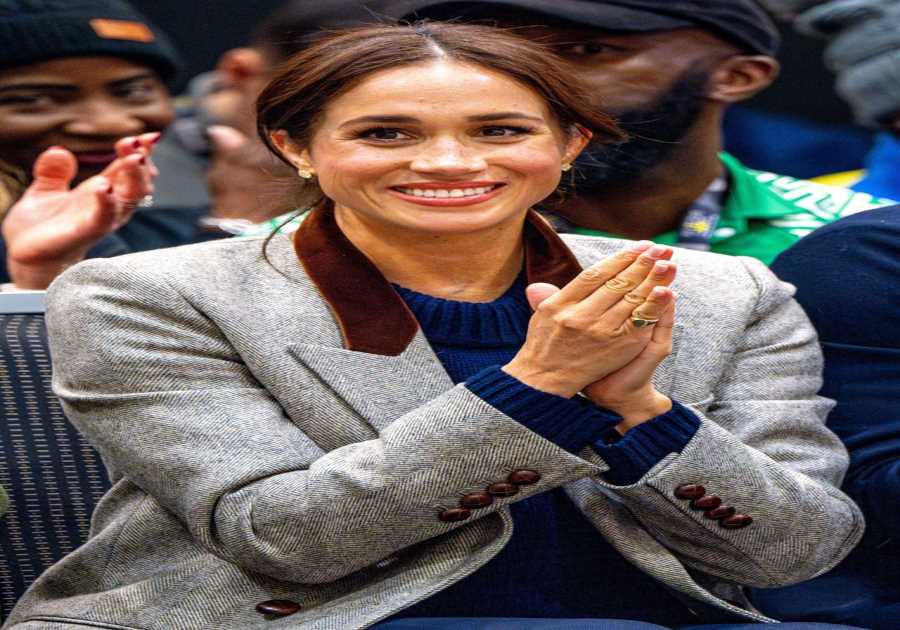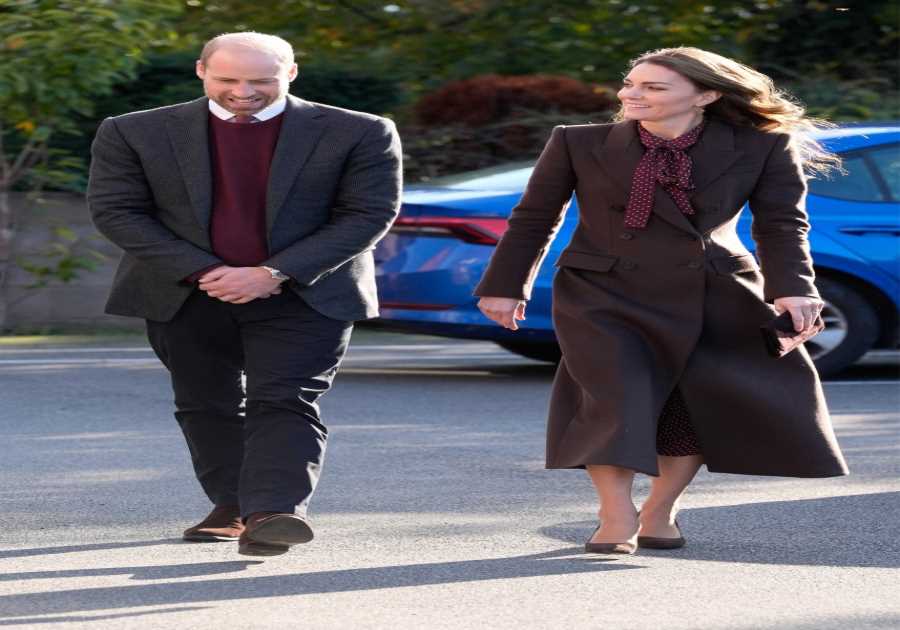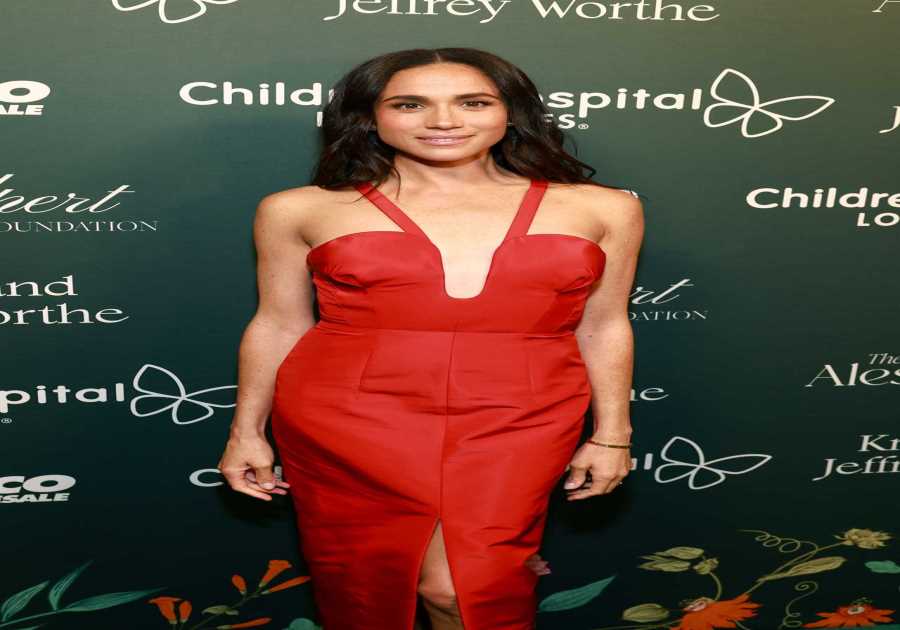THE Queen became the UK’s longest-reigning monarch in 2015 and has now been on the throne for over 69 years.
But despite being one of the most famous people in the world, many people don’t actually know what the Queen’s last name is.
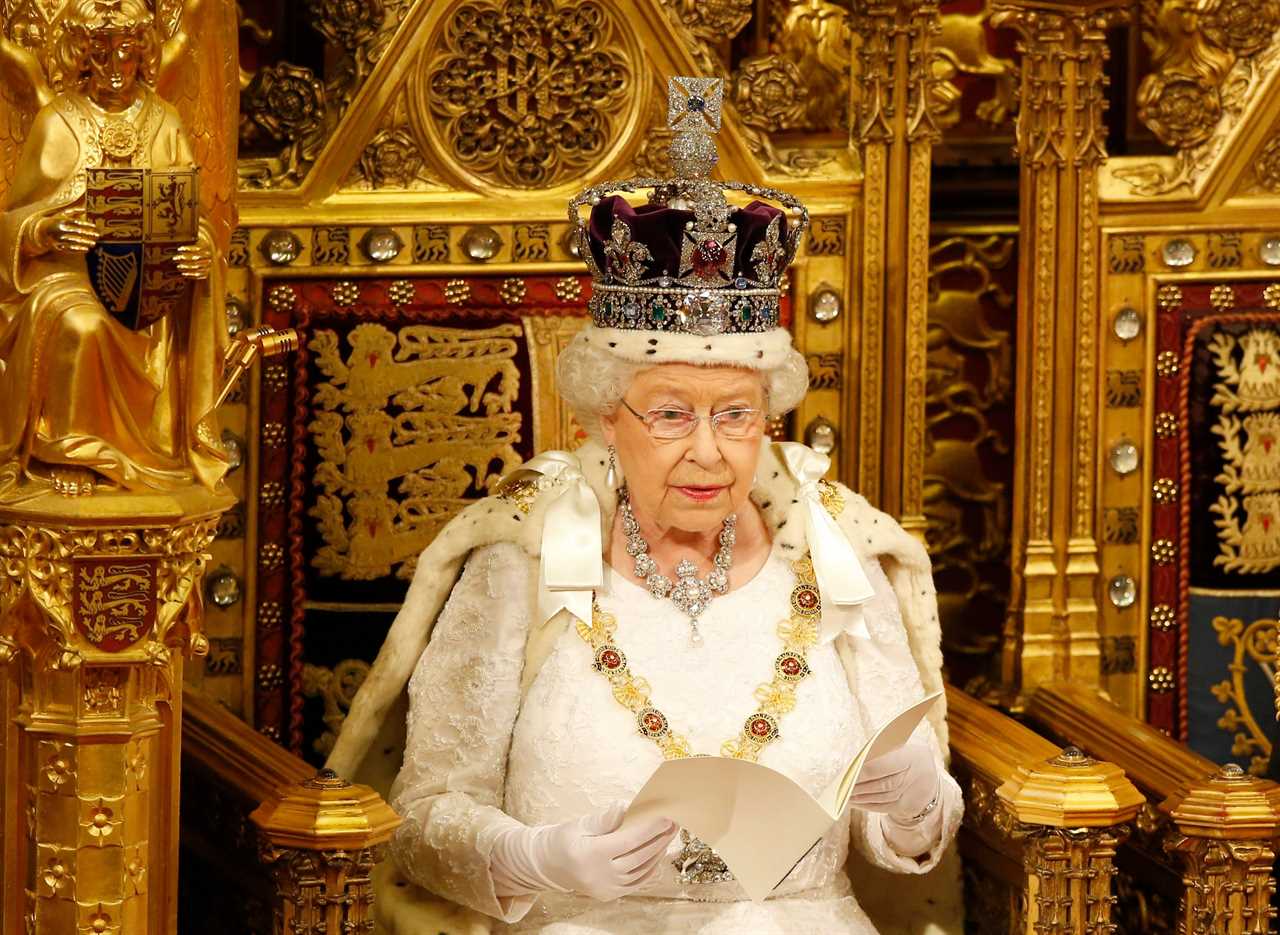
What is the Queen’s surname?
Queen Elizabeth II was born in 1926 as Elizabeth Alexandra Mary.
She was born of the royal House of Windsor and her surname is Windsor.
She was the first child of the Duke and Duchess of York, later King George VI and
When The Queen married in 1947, to Lieutenant Philip Mountbatten, she did not take his last name as is customary.
Why do the Royal Family not use their last names?
Often members of the Royal Family do not need surnames.
The Royal Family’s website says: “Members of the Royal Family can be known both by the name of the Royal house, and by a surname, which are not always the same. And often they do not use a surname at all.”
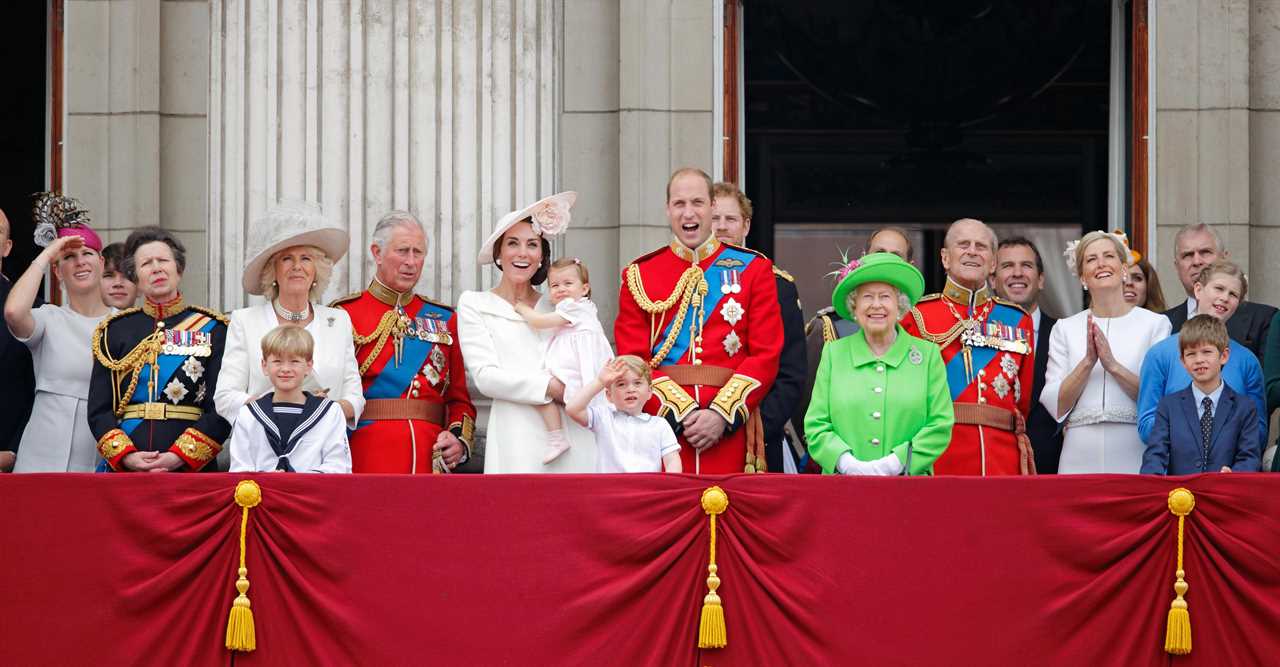
Before 1917 royals did not have a last name and simply used the name of their father’s “House”, eg Tudor.
The Queen’s grandfather, King George V, made history when he changed the house from the House of Saxe-Coburg-Gotha to Windsor, but he also stated this would be his family’s surname, a royal first.
It was changed in part due to the resentment towards Germany after the First World War.
After ascending to the throne in 1952, the Queen declared: “That I and my children shall be styled and known as the house and family of Windsor, and that my descendants who marry and their descendants, shall bear the name of Windsor.”
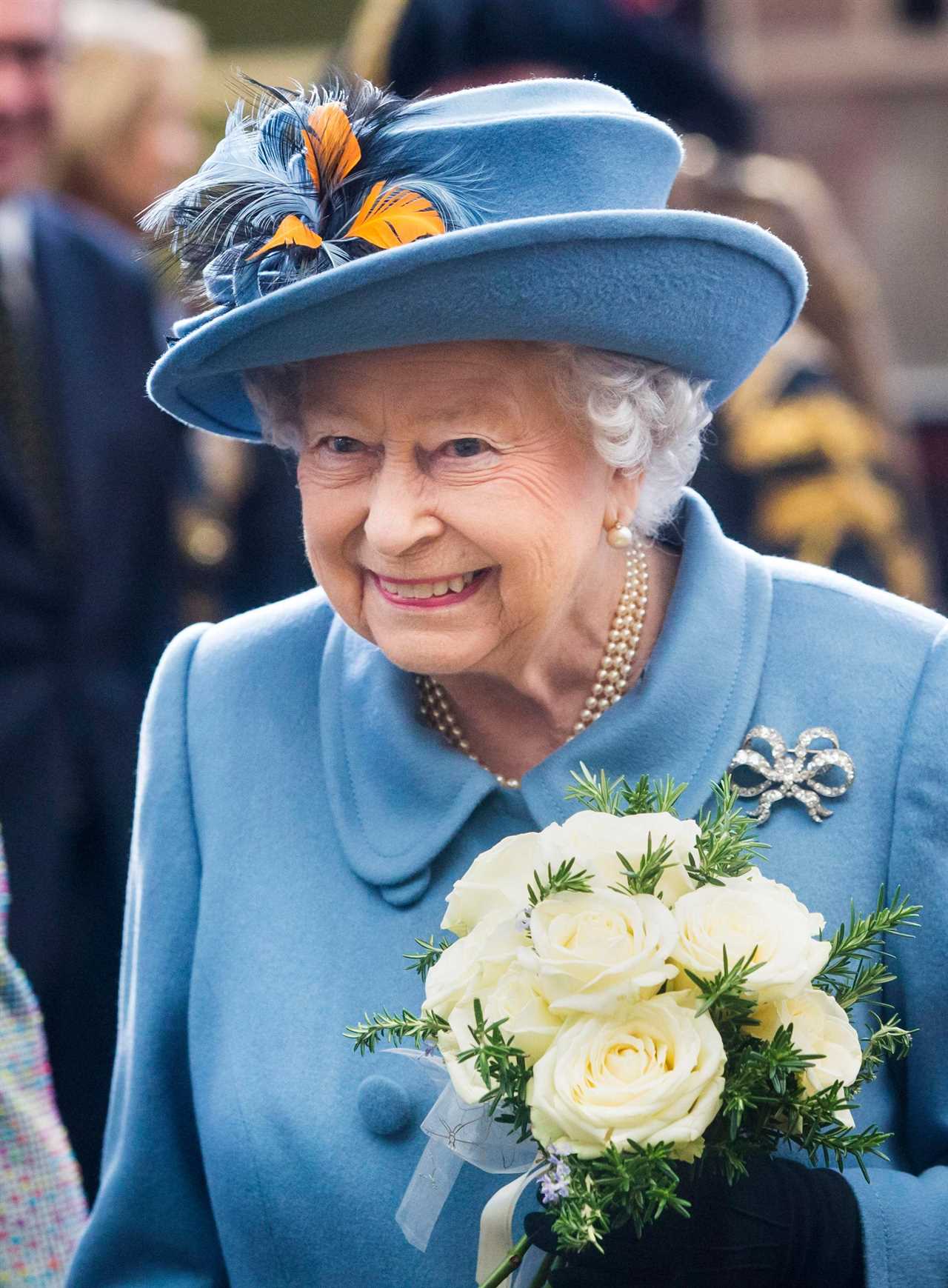
But in 1960, at the request of the Queen and Prince Philip, the royal couple decided to distinguish their descendants from the rest of the royals.
It does not change the name of the royal house, which is still Windsor.
The Privy Council declared that the Queen’s descendants, when they needed one, would have the surname Mountbatten-Windsor.
Often anyone who is styled HRH Prince or Princess does not usually require a surname, apart from occasions such as official marriage registry entries.
The first time the name was used was when Princess Anne married Captain Mark Phillips in 1973, and was later used by Prince Andrew when he wed.
And it is the official surname of Prince Edward, The Earl of Wessex’s children, Louise Alice Elizabeth Mary Mountbatten-Windsor and James Alexander Philip Theo Mountbatten-Windsor.
Prince William used Mountbatten-Windsor when he filed a French lawsuit relating to topless photos of Kate in 2012.
The civil action was heard in the names of William Arthur Philip Louis Mountbatten-Windsor and Catherine Elizabeth Middleton.
When are the Queen’s birthdays in 2021?
Queen Elizabeth II was born on April 21 but her second birthday date changes every year.
It is usually held on a Saturday in June, often the second one, for convenience.
The “official” birthday is still celebrated by the Trooping the Colour procession.
Her Majesty is joined by other members of the Royal Family at the parade, which moves between Buckingham Palace, The Mall and Horseguards’ Parade.
She also makes a public appearance on the balcony of Buckingham Palace.
This year, the date selected for it is June 12.
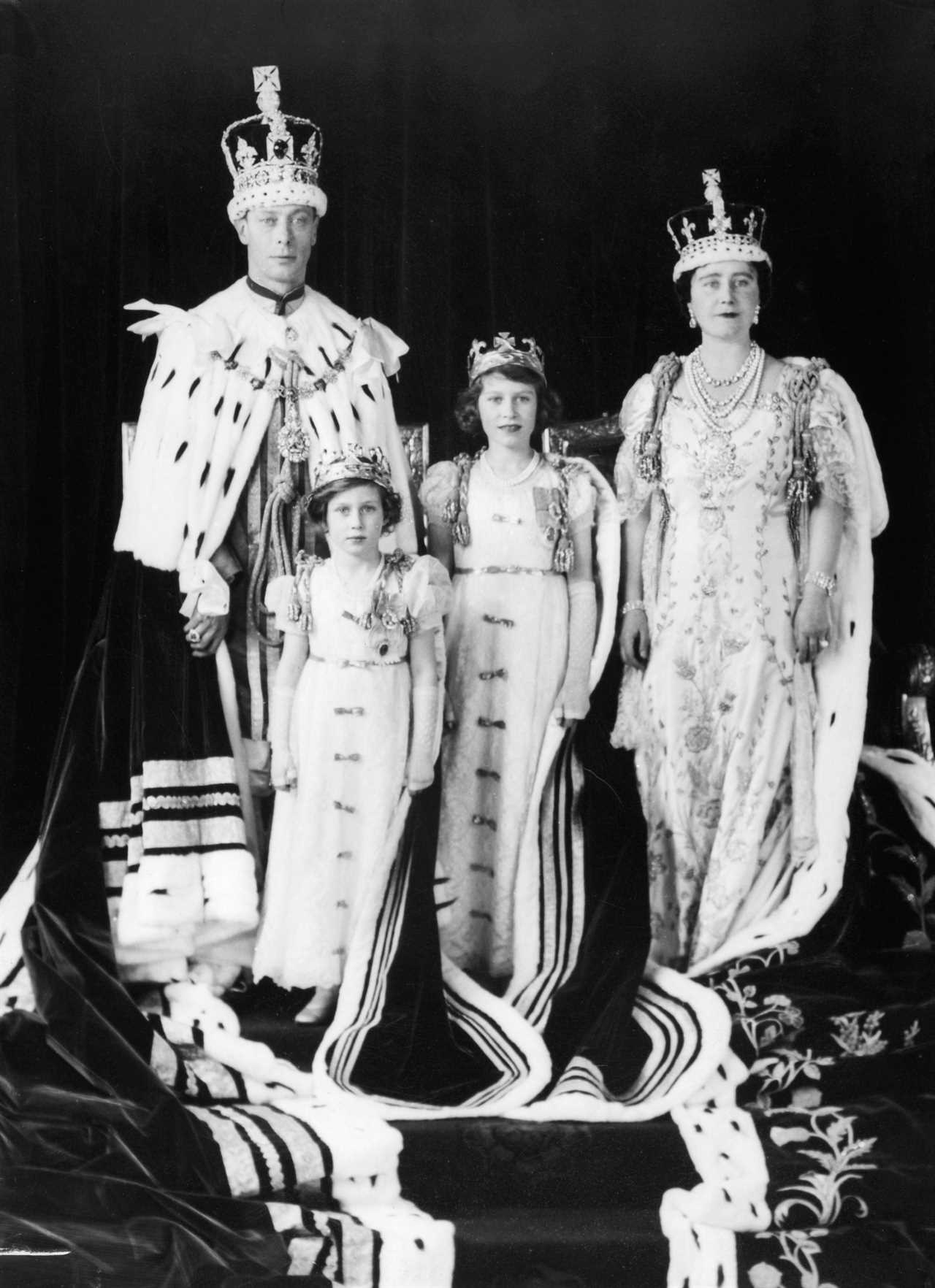
What is the Queen’s official title?
The Queen’s official titles have changed over the years, from Her Royal Highness Princess Elizabeth of York to Her Royal Highness The Princess Elizabeth, then Her Royal Highness The Princess Elizabeth, Duchess of Edinburgh.
Currently her title is Her Majesty The Queen.
The Queen currently holds 16 different regnal titles, one for each of the Commonwealth realms.
In the Isle of Man and the Channel Islands, which are crown dependencies, she is known as the Lord of Mann and Duke of Normandy.
She also holds many titles and honorary military positions in the UK and throughout the Commonwealth.
Additional styles include the Defender of the Faith and the Duke of Lancaster.

